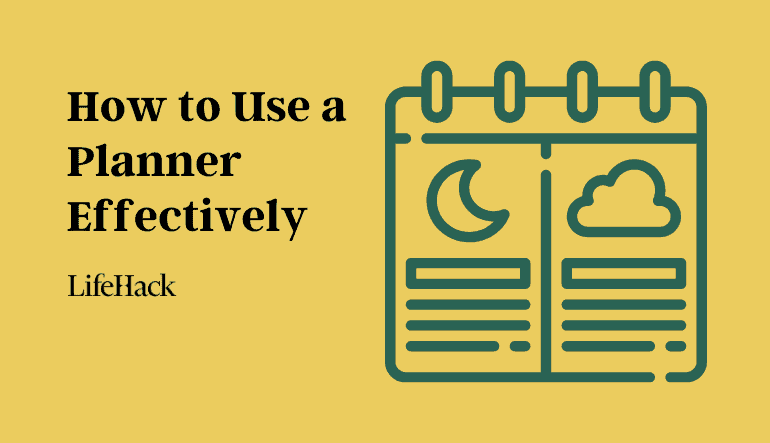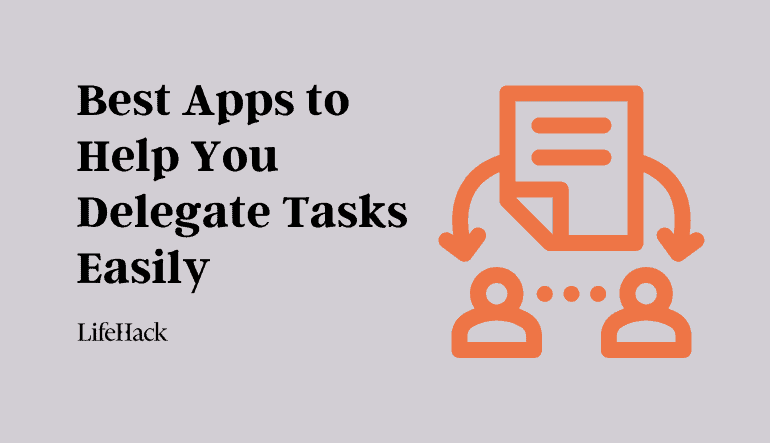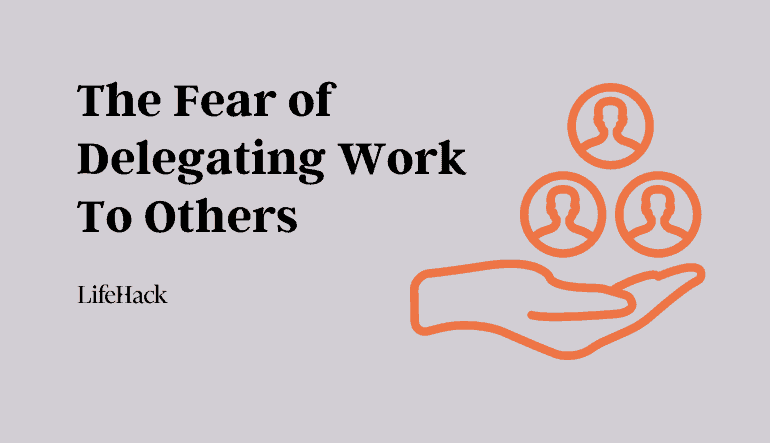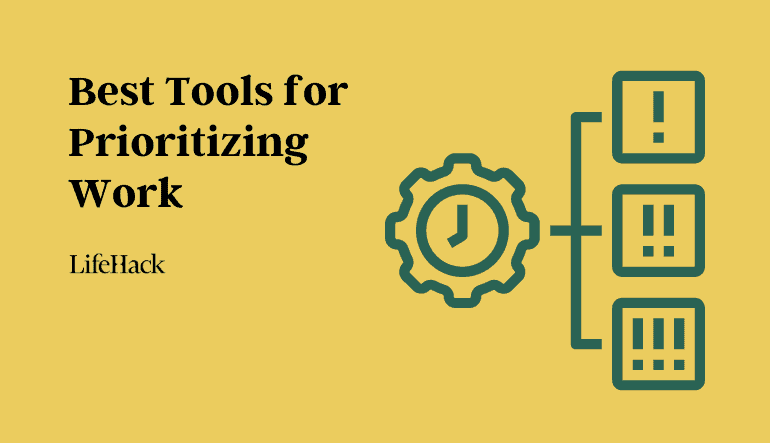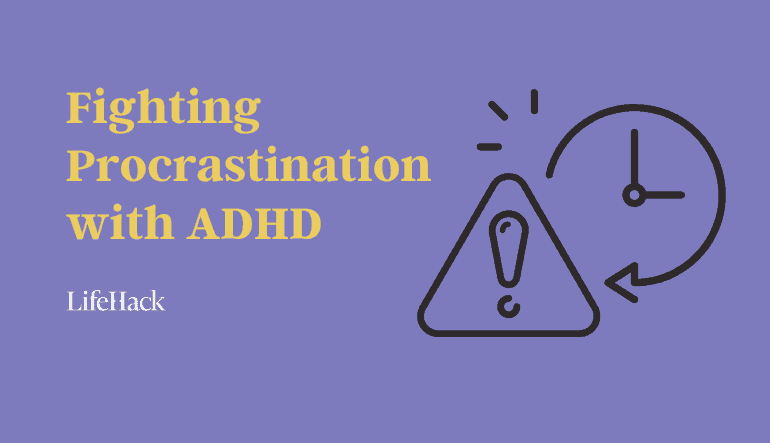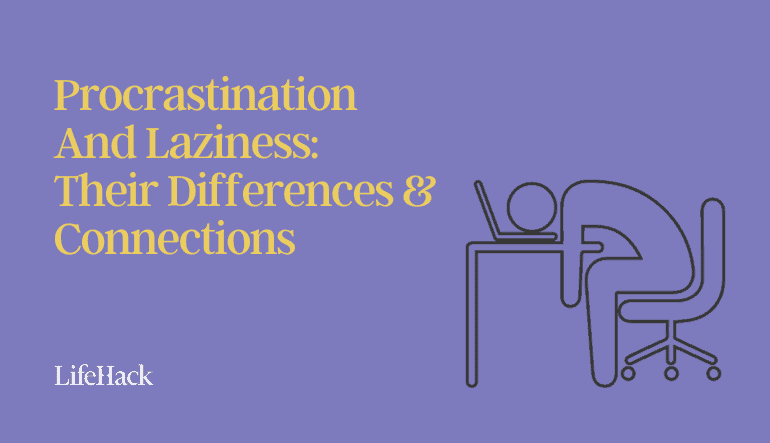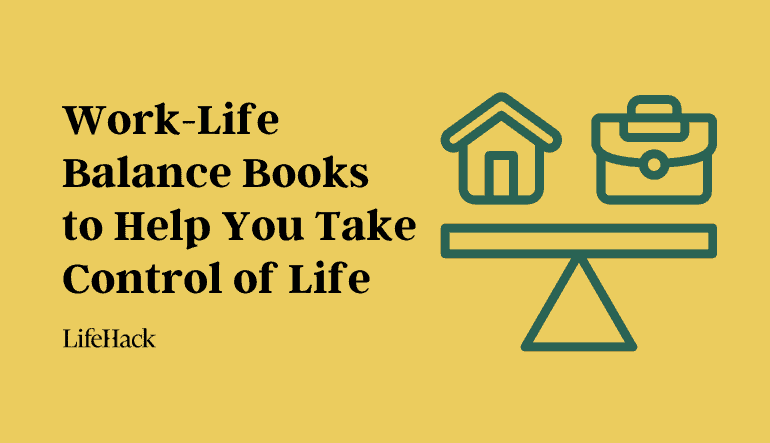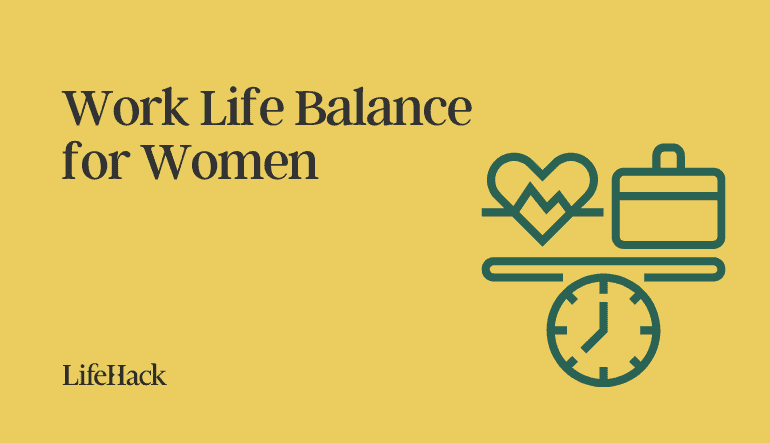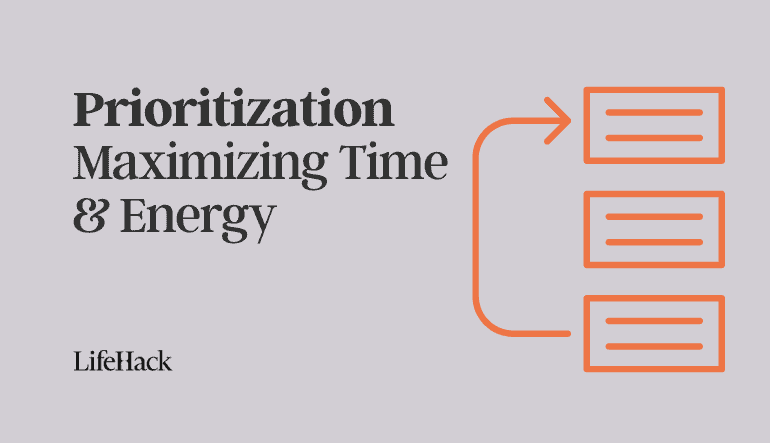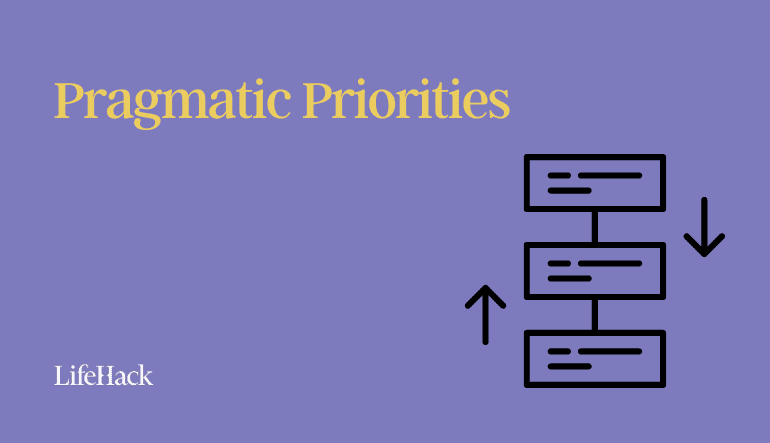Both small businesses and multinational corporations in different parts of the world are rolling out work from home policies in the wake of the COVID-19 outbreak. More and more jobs are calling for remote workers and becoming home-based. While that may be a dream for some, switching from a structured office environment to the comfort of your own home can be challenging in surprising ways. Learning how to work from home is important if you want to be efficient and effective at your job, so we’ll start you off with some great working from home tips.
At home there are many distractions, less accountability, and less communication than when you’re working in the office. Some top distractions that will compete with your productive time include housework, family at home, email and instant messaging, and the social media. However, that doesn’t mean you can’t still be productive. There are lots of ways to keep yourself working productively from any location.
Whether you work from home every day, a couple of times per week, or even if you’re just working from home while you recover from an illness, these tips can help you to get the most out of your remote work hours.
1. Dedicate a Space for Work
It is highly essential to dedicate a workspace in your home.
Peter Vandendriesse, the founder and CEO of Guestboard.co says:
“While it is easier to sit on a couch while working on your laptop, you can’t get it right with your sitting posture and ergonomics. And because you are closer to the TV, you can become distracted easily.”
It might be tempting to work from your couch, easy-chair, or even from your bed, but this could take a huge toll on your productivity. Try to always work from a consistent room, desk, or chair to tell your brain that it’s time for work, not relaxation.
When you do this, your brain will associate your bed with sleep, your couch with relaxation, and your desk with work, helping shift your energy levels accordingly[1]. You are likely to feel more alert, more confident, and more organized if you work from a home office. Set yourself up with a comfy, supportive chair, a spacious desk, good Wi-Fi, and consistent workplace tools.
You need to find a spot in your house where your focus is at a peak. It may be indoors or outdoors. When you find that spot, establish your workspace and reduce distractions as much as possible.
Distraction remains a daunting challenge you will need to overcome when working from home. You cannot discover your focus zone if you don’t highlight your biggest distractors.
Even if you have a home office, all sorts of distractions can make it hard to stay productive when you work from home. Common ones include:
Digital Devices
Your phone buzzes: surely, you think, you only need a minute to check out that Facebook notification. Without even realizing it, you get sucked into social media for the next half an hour.
When you work from home, it’s all too easy to fall down a digital rabbit hole. Your computer can access any gaming, social media, or entertainment site you so choose. On your television are daytime shows you can’t typically watch while you’re at work. These can all be tantalizing distractions when you’re working from home.
Children and Pets
Do you have pets? Does your husband or wife work different hours than you do? Are your kids still too young for school, or are they on break?
Unless you live by yourself, you have to learn how to be productive while working when others are at home. Even if you ask them to avoid bothering you, they’re still going to move about the house in ways that may distract you.
Household Chores
If you’re a “Type A” person, you know how distracting a sink full of dishes can be. Even a dirty carpet can be difficult to walk across without hauling out the vacuum cleaner.
If you struggle to be productive when working from a dirty home, set aside time before or after your working hours for chores. Getting a few chores done before the workday begins can make the mess feel less overwhelming. Doing them immediately after you shut your computer for the day can be a great chance to de-stress.
While it may be hard to eliminate all distractions, you can reduce them by following these tips:
- De-clutter your desk and office. Leave only items that are relevant.
- Hang a ‘Do not disturb!’ sign when you are working on tasks that require optimal focus.
- Close all browsers and applications that are not relevant to the tasks at hand. Put your phone on airplane mode and reply to that email later.
You can set up a double monitor and use a work desk or a standing desk, depending on your work.
Your workspace should be dedicated to working just like your bed is dedicated to sleeping. Make sure to personalize your space. After all, you will be spending a lot of time there!
You can learn how to set up your home office space with this article: 20 Easy Home Office Organization Ideas to Boost Your Productivity
2. Keep Regular Work Hours
When learning how to work from home full time or part time, one of the most important and basic things you can do is to create a regular schedule for yourself. It’s tempting to give yourself total flexibility as to when you get started, take breaks, and call it a day.
However, you’re doing yourself a disservice if you don’t keep your schedule consistent. Setting yourself regular hours keeps you accountable to yourself and to your boss. It makes you more likely to get all your work done, and it makes it easier for people to get in touch with you[2].
Here are the important factors to consider when you’re setting an at-home work schedule:
- When your boss needs you to be available
- Communication with your coworkers and customers
- Time of day when you are most productive
This doesn’t mean that you need to work 9-5 every day. You should work when you’re most productive. However, it’s a good idea to find out when your boss really needs you to be at work. For example, it will be important to know when any conference calls are planned so you can fit that into your day.
For example, many employees work on checking emails each morning, or they need to be available by phone in the afternoons. Other than that, choose times when you’re likely to get the most work done. Communicate those hours of availability to anyone that might need to get in touch with you, and you’ll be on your way to productive, consistent work days.
3. Create Your Schedule
Have a list of tasks you want to complete each day. Then, allocate time to achieve each task.
If you are an ardent follower of to-dos, create one and cross off each task you complete. Don’t forget to allocate break times. That way, you can be sure of a realistic schedule.
According to Kathi Burns of Wikihow,
“A schedule is an effective means of staying focused, productive, and organized. You can experiment with a planner, notebook, or an app to structure your time.”[3]
Track how much time you spend on routine activities in a spreadsheet or notebook. This act can help you to be more productive. For instance, you may be spending 5 hours on social media each day when you could have spent those hours reading.
Not only that, but schedule your day to reflect your energy. Knock out essential tasks when your energy is high and take care of less important tasks when you are less motivated. For instance, if you feel at your best in the morning, use that time to brainstorm and attend to crucial tasks.
4. Separate Work Time and Personal Time
Just as it’s important to work when you say you will, it’s important to give yourself time for home life when you need it. Don’t extend the work day too far beyond what you planned, at the risk of burning yourself out.
One of the most important working from home tips is to keep your work life and personal life compartmentalized as it helps you stay productive while you’re at work, and it reduces stress when you aren’t. In the same way that you set your work hours, schedule, communicate, and plan when you will not be available to work.
For example, if you like to take evenings to spend time with family, make sure you communicate that you won’t be checking emails after a certain time. And then hold yourself to that commitment!
In order to better balance your time, consider using a planner to organize your everyday schedule. The Full Life Planner is a nice tool to help you to so. Grab your planner and start to plan your time so you will not lose track of life.
5. Establish Boundaries
It is your responsibility to train your family and friends on how to relate to you and treat your work time.
Why is that important? A lot of them don’t know you work from home. You need to tell them you are not available for the long lunch or the movie break.
Working from home is often quite advantageous. You are in charge of your schedule, and you end up creating boundaries that work for your specific position.
6. Plan Your Workflow
When you want to learn how to work from home efficiently, one surefire way to keep productivity up is to get smart about planning your work day. Before you even start working, make sure you know what your priorities are for the day, how long you think it will take you to get everything done, and what you will work on if you have extra time.
You might find it helpful to take a few minutes before you go to bed to plan for the next day. You may find that you sleep better without the stress of planning in the back of your mind.
In your planning, consider the following:
- Do the highest priority tasks first
- Plan your day around your own natural cycles—do the hardest work when you have the most energy throughout the day
- Plan rewards and breaks throughout the day
This way, you can always stay focused and will not get distracted easily.
You can learn more about how to make sure you’re actually working when working from home in this video:
7. Break up the Day
If you followed the last step, then you’ll have already planned breaks for yourself throughout the day. Make sure you get up from your desk during those breaks—get some fresh air, grab a healthy snack, and talk with another human being if at all possible. All of these activities will help you reset, get your blood flowing, and make sure you’re ready to tackle the next chunk of tasks.
One 2011 study found that workers who took two short breaks stayed consistently productive when given a particular task to complete, but when it came to the group who took no breaks, “performance declined significantly over the course of the task”[4].
This has everything to do with the way our brain registers what it should pay attention to and underscores the importance of taking breaks.
A second study found that the most productive workers were those that worked for around 50 minutes and then took a 15-20 minute break[5]. If you’re not accustomed to taking breaks, this may be a good pattern to start with.
If you have trouble sticking to a time limit for your breaks, set an alarm to remind you to get back to work. The Pomodoro method is great for this as it sets regular work hours and breaks. You can learn about the Pomodoro method here.
8. Isolate Yourself from Social Media
There’s nothing as tempting as social media. You may want to stay up-to-date about the news and what your friends are up to. Try to audit your time, though, and you’ll discover that you’ve probably spent over 5 hours doing that each day.
So how can you get away from this?
Isolate your mobile devices if you don’t have to use the internet, and stick to your laptop. Lori Cheekd, the CEO of Cheekd, recommends using productivity apps like StayFocusd to avoid distractions. Or you can set time restrictions with the Google Chrome extension Limit. Once you have used up the time allocated, the selected websites will be blocked, and you can’t access them for the rest of the day. You can also download the best Android productivity apps and top productivity apps for iPhones .
Another approach is to freeze social media apps on your mobile devices to focus on your work.
9. Be Your Own Janitor
Unlike in the office, you don’t have a janitor to clean up after you, which means you have to do it yourself. Keeping your home office clean helps you stay focused, get organized, and be productive. Even if you’re someone who isn’t bothered by a messy desk, keeping some semblance of order helps ensure that nothing important falls through the cracks (or gets lost in a stack of paper).
However, this goes beyond just keeping your home office clean. Having a messy home could inspire you to procrastinate on work tasks in favor of cleaning, which is bad news for your productivity[6].
Setting yourself a weekly cleaning schedule can help you keep on top of cleaning your home, so you won’t be tempted to clean during work hours.
10. Tune in to Inspiration
A great advantage of working from home is that you can’t distract your coworkers. Go ahead and play those pumped-up jams loud and proud if that’s what gets you moving. Or try a more soothing soundtrack with nature sounds, instrumental music, or even by leaving the windows open to let the sounds from outside come in.
If you’re doing repetitive tasks, an audiobook or podcast may even be what you need to keep moving. However, some people work better in silence. If you’re one of those people, resist the urge to put on music or have the TV on in the background.
11. Stay in the Loop
One of the best things about working in an office is the potential for collaboration and socialization. You don’t have to lose this just because you are working from home. When you are learning how to work from home, try to check in with your coworkers at least a couple of times per week, whether by email, phone, video call, social media, or even in person.
Make sure you keep up on a personal level, as well as a professional level. You can do this without taking a lot of time—just share the things that are most important, and encourage your coworkers to do the same.
12. Plan to Exercise
It is ideal to incorporate some physical exercises into your schedule when working from home.
When you’re working from home, it’s easy to get lethargic and forget to get up and get moving. It’s important, then, to schedule in time when you should be exercising.
So what can you do to stay fit and be productive?
Exercise your muscles! You can do this both indoors and outdoors.
It’s not only your muscles that get boosted when you exercise. Physical exercise can boost your brain performance. A workout can keep those endorphins flowing and provide you with a natural burst of energy.
Briton University surveyed 200 employees on a day with or without exercise. Guess what the outcome was?
Employees who exercised scored 21 percent more for a higher concentration on work, 22 percent more for work completion, and 25 percent more for finishing work without unscheduled breaks. Not only that, but they also scored 41 percent for feeling motivated on the job.[7]
Another survey showed the significance of fitness in the work performance of about 683 workers.[8]
You can’t attain your peak performance while working from home if you are not fit.
So how do you stay fit?
Try yoga, dance, or run in place. You don’t need sophisticated gadgets to exercise; just start with what you have and stay committed.
13. Keep a Stress Relief Source Nearby
One advantage of working from home is that you have access to all the stress-relief tools you would after a long day at the office. Take advantage of them.
Besides exercising, a cup of chamomile tea can do wonders if you’re feeling restless.
One stress reliever to avoid? Alcohol. Although it’s true that a beer can help you relax momentarily, alcohol can actually induce anxiety [9] due to rebound effects.
The Bottom Line
Shifting your work environment to your home is challenging, but with a few simple changes to your routine and space, you’ll find you can still have a productive work day. Find what works for you and your family by trying out some of the working from home tips above.
Featured photo credit: Corinne Kutz via unsplash.com
Reference
| [1] | ^ | Zapier: Productivity and Ergonomics: The Best Way to Organize Your Desk |
| [2] | ^ | Forbes: How To Keep Your Working Hours In Check When Working From Home |
| [3] | ^ | WikiHow: How to make a schedule |
| [4] | ^ | Science Daily: Brief diversions vastly improve focus, researchers find |
| [5] | ^ | TIME: The Exact Perfect Amount of Time to Take a Break, According to Data |
| [6] | ^ | Harvard Business Review: The Case for Finally Cleaning Your Desk |
| [7] | ^ | Emerald Insight: Exercising at work and self‐reported work performance |
| [8] | ^ | NCBI: The association between work performance and physical activity, cardiorespiratory fitness, and obesity. |
| [9] | ^ | Healthline: Alcohol and Anxiety |

